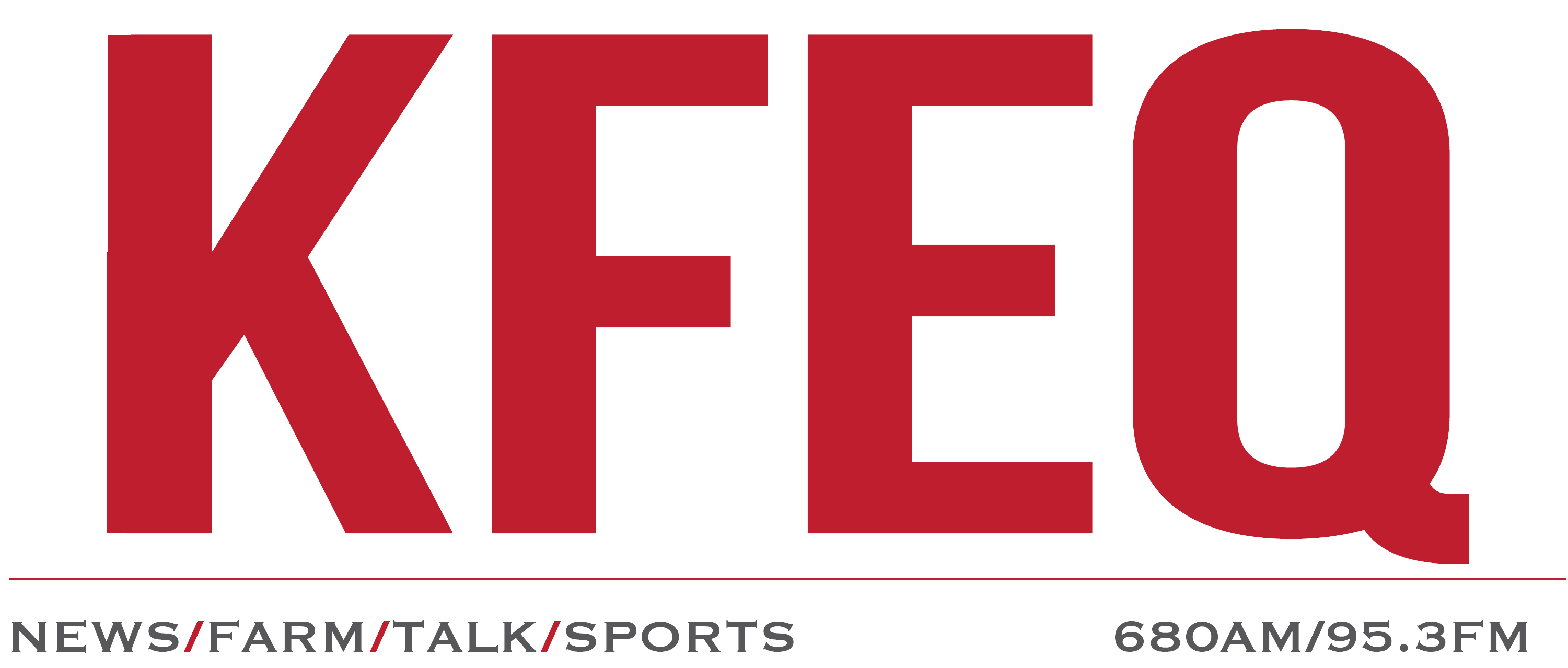[audio mp3="https://dehayf5mhw1h7.cloudfront.net/wp-content/uploads/sites/356/2024/05/02192003/WEB-CLOSING-MARKETS.mp3"][/audio]
CORN:
December corn closed down 1 1/4 cents at $4.80 Thursday, a second day lower, but still near its highest prices in three months with some concern about hot and dry conditions in central Brazil, slow harvest progress in Argentina and disrupted planting progress in the U.S. Here in the U.S., scattered showers are falling from Iowa to Ohio and Pennsylvania, while Thursday's severe weather threat shifted to southern Gulf states. The bulk of the Corn Belt will have drier weather for a couple days before more rain chances return for a few days, starting Sunday. Temperatures in the northern Corn Belt start a warming trend on Friday that will be helpful to planting conditions. According to Dow Jones' survey, Friday's WASDE report is expected to estimate U.S. ending corn stocks in the new 2024-25 season at 2.256 billion bushels, 158 mb more than the current season's expectation of 2.098 bb. Of course, there is a whole crop season ahead and weather will have the much to say about the results. USDA's WASDE and Crop Production reports for May will be out Friday at 11 a.m. CDT.
SOYBEANS:
November soybeans tried to trade higher early Thursday, but closed down 12 1/2 cents at $12.0 1/2, falling back a second day from Tuesday's highest close of 2024. The rains have not stopped yet in southern Brazil and it remains to be seen how much production will be lost. In Argentina, the harvest pace remains slow, but conditions are not nearly as difficult as those in southern Brazil. The Buenos Aires Grain Exchange said 48% of the soybean crop was harvested, down from a five-year average of 61% for this time of year. Here in the U.S., soybean planting will continue to move ahead, between occasional episodes of rain and severe weather, similar to what has been going on this week. Warmer temperatures should help planting efforts next week where fields are dry enough. For now, the trend for November soybeans remains up. DTN's National Soybean Index was priced at $11.65 Wednesday evening, 63 cents below the July futures.
WHEAT:
July KC wheat closed up 3 1/4 cents at $6.51 3/4, clinging to a small gain after Reuters reported frost damage to wheat in Lipetsk, Voronezh and Tambov, three wheat regions in Russia that are north of the primary wheat areas. July KC wheat was up 16 cents earlier Thursday morning as the news likely made bearish specs nervous, but without credible confirmation of specific losses, prices began falling back by late morning. Cold temperatures are expected to remain a threat into next week. Meanwhile, moderate to heavy rain amounts are expected from Kansas to central Texas the next seven days, much of it coming early next week as the Wheat Quality Council's HRW wheat tour in Kansas continues. Western Kansas has been of interest this spring, lacking rain until just recently. SRW wheat crops on the other hand, have had too much moisture in many areas, but continue to post high crop ratings. Scattered showers are falling from Iowa to Ohio Thursday with more moderate rain amounts in the forecast the next seven days. To the north, the seven-day forecast expects light rain amounts and a return of above-normal temperatures, a good mix for planting conditions. Supported by several weather threats in early 2024, the price trends remain up for the July contracts of all three U.S. wheats.




